Every generation leaves its mark on home design — and not always in ways that stand the test of time. From quirky conveniences to once-modern innovations, the homes of decades past were filled with features that now seem unnecessary, outdated, or downright strange. While some of these details were considered luxurious or forward-thinking at the time, most have quietly faded into obscurity. Here are 15 bizarre features that homeowners once proudly built in — and rarely, if ever, use today.
1. Built-In Phone Nooks
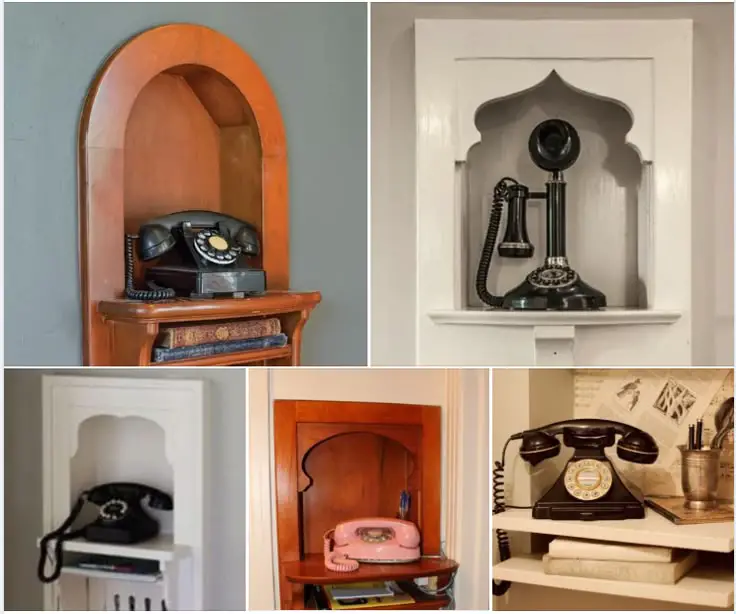
Back in the day, homes were often designed with a dedicated phone nook, complete with a small shelf and space for a corded phone. According to House Digest, these little alcoves were seen as both a communication hub and a stylish design detail. Positioned in hallways or kitchens, they gave the landline a proper home and sometimes even included space for a phone book. But as phones got smaller — and eventually mobile — these nooks lost their purpose.
Now, they tend to confuse new homeowners or serve as awkward dust-collecting shelves. Some people repurpose them into charging stations or decorative corners, but others simply drywall them over. It’s a perfect example of how fast tech can change home design. Once a household staple, the phone nook is now a relic of a wired world.
2. Intercom Systems Between Rooms
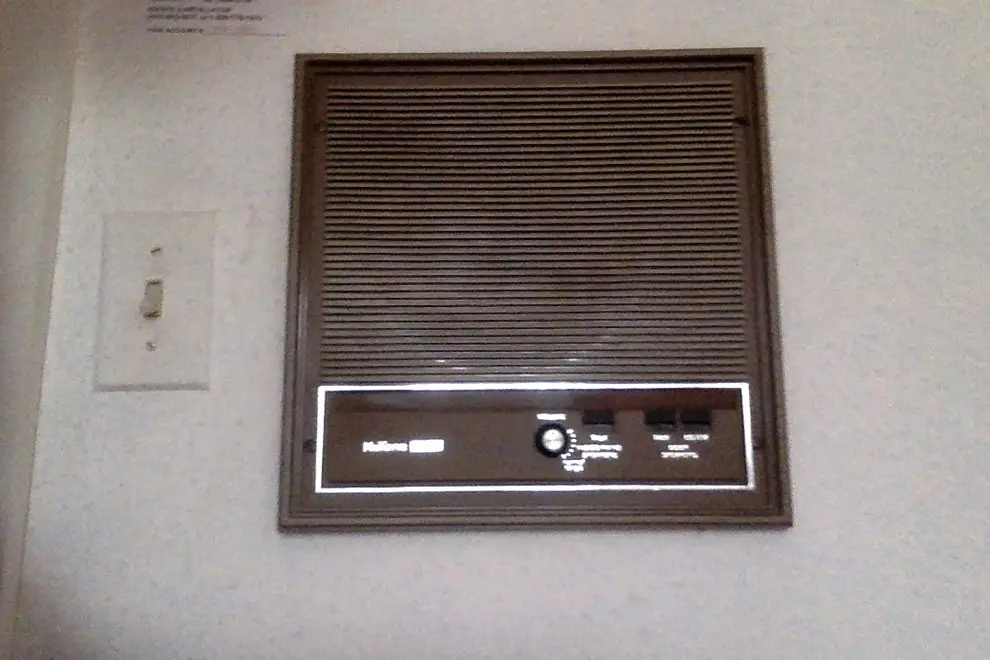
Built-in intercoms were once a high-tech convenience, allowing family members to talk from room to room without yelling. Houzz notes that these systems were especially popular in larger homes during the 1960s and ’70s. At the time, they were considered futuristic — a way to stay connected without constant footsteps. But like landlines, they’ve been replaced by smartphones and smart speakers.
Most intercoms now sit unused, their plastic panels yellowing on the wall. Some homeowners try to update them or use the speaker system for music, but it’s usually more trouble than it’s worth. The wires, the static, the dated interface — it all feels more clunky than convenient. What was once a communication breakthrough is now more of a conversation starter for guests.
3. Laundry Chutes
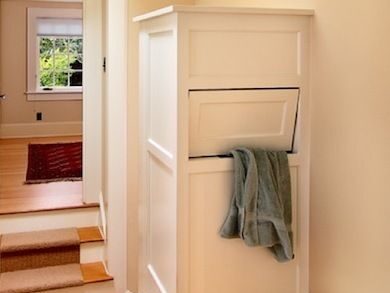
In multi-level homes, laundry chutes were once seen as a smart way to save time and effort. As Bob Vila explains, these small openings — usually found in bathrooms or hallways — funneled dirty clothes straight to the laundry room below. For busy families, it was a built-in time-saver and a bit of a novelty for kids. But concerns about safety, fire codes, and space efficiency have made them increasingly rare.
Modern appliances like upstairs laundry rooms have replaced the need for chutes. Plus, the novelty wears off quickly once a towel gets stuck halfway down. What used to be a brag-worthy feature is now mostly just sealed up or removed. Still, every so often, you’ll find one hiding behind a cabinet or closet wall.
4. Whole-House Vacuum Systems
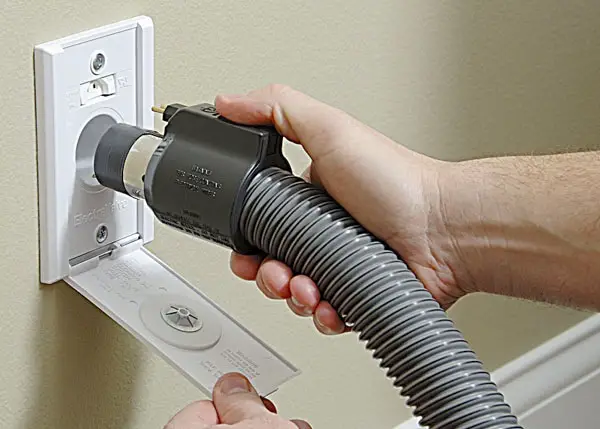
Central vacuum systems once promised a futuristic, no-hassle way to clean. These setups let you plug a hose into various ports around the house to access powerful suction, says This Old House. While convenient in theory, in practice they required lots of maintenance and took up considerable storage space. And hauling the long hose from room to room wasn’t exactly fun.
Over time, handheld vacuums and robot cleaners made central vac systems feel outdated. The repair costs often outweigh the convenience. Most new homes skip them entirely, and older ones are left with wall ports that confuse visitors. What once seemed cutting-edge now feels like a clunky overcommitment.
5. Built-In Ashtrays in Walls
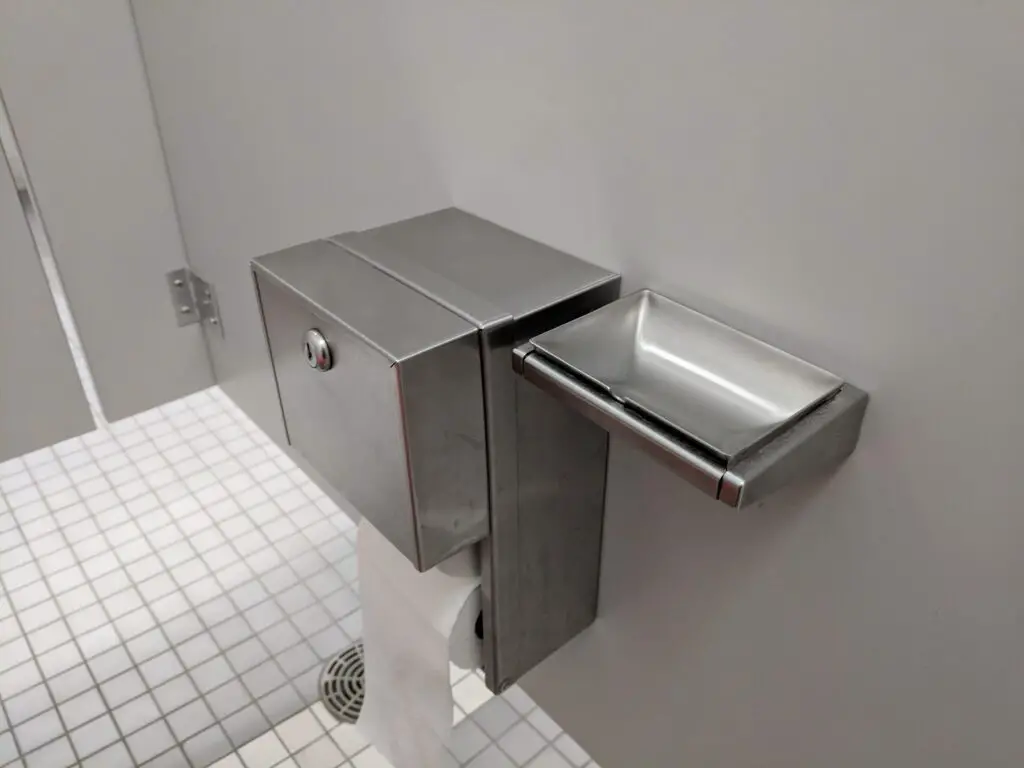
Believe it or not, some homes used to come with ashtrays built right into the walls. This was especially common in mid-century homes when indoor smoking was normalized and even stylish. These fixtures often had metal inserts and were found in living rooms, hallways, and even bedrooms. They were built as part of the wall trim, as natural as a light switch.
Today, they’re more of an oddity than a functional feature. Most homeowners remove or cover them, especially in non-smoking households. Still, it’s a reminder of how much social norms have shifted — and how home design once followed suit. They’re a strange architectural remnant from an era when cigarette smoke filled the air indoors.
6. Formal Sitting Rooms No One Sits In
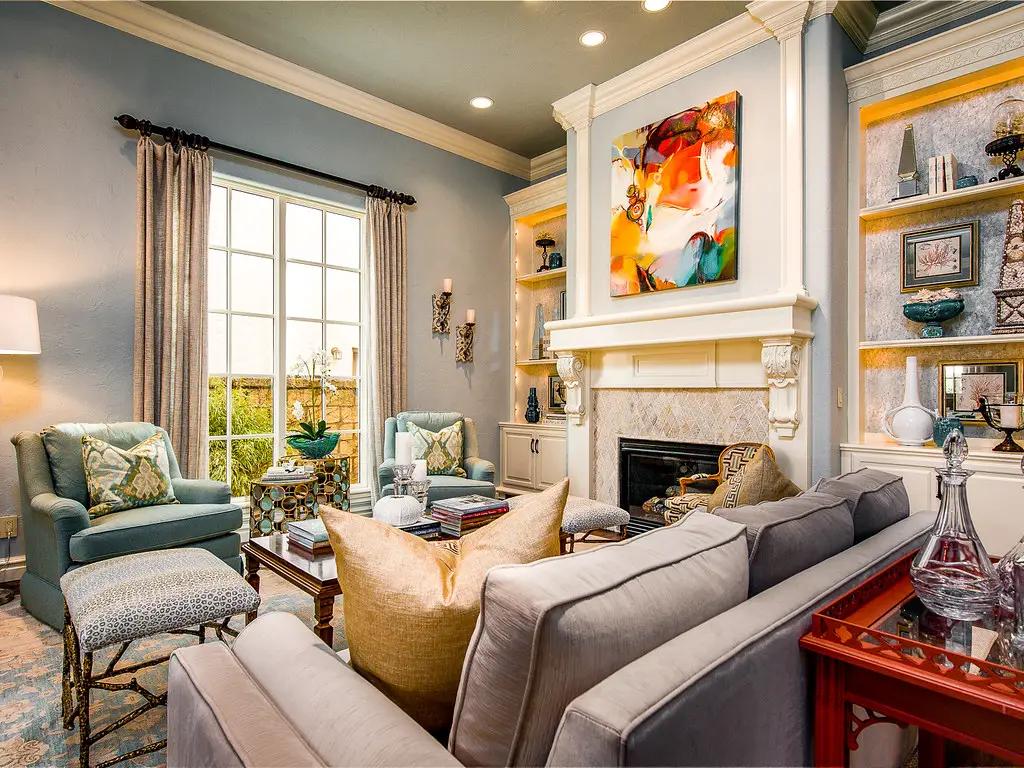
Formal living rooms were once standard in every home — a pristine space reserved for guests, holidays, or never. These rooms often sat untouched, complete with stiff furniture, plastic covers, and spotless carpeting. Homeowners took pride in having a room that screamed sophistication. But the idea of a room you’re not supposed to enjoy didn’t age well.
Nowadays, these spaces are often repurposed into offices, playrooms, or casual lounges. People want functional areas, not museum-like showpieces. It’s hard to justify square footage for something you barely use. As lifestyles became more relaxed, formal rooms became more forgotten.
7. Wet Bars in the Basement
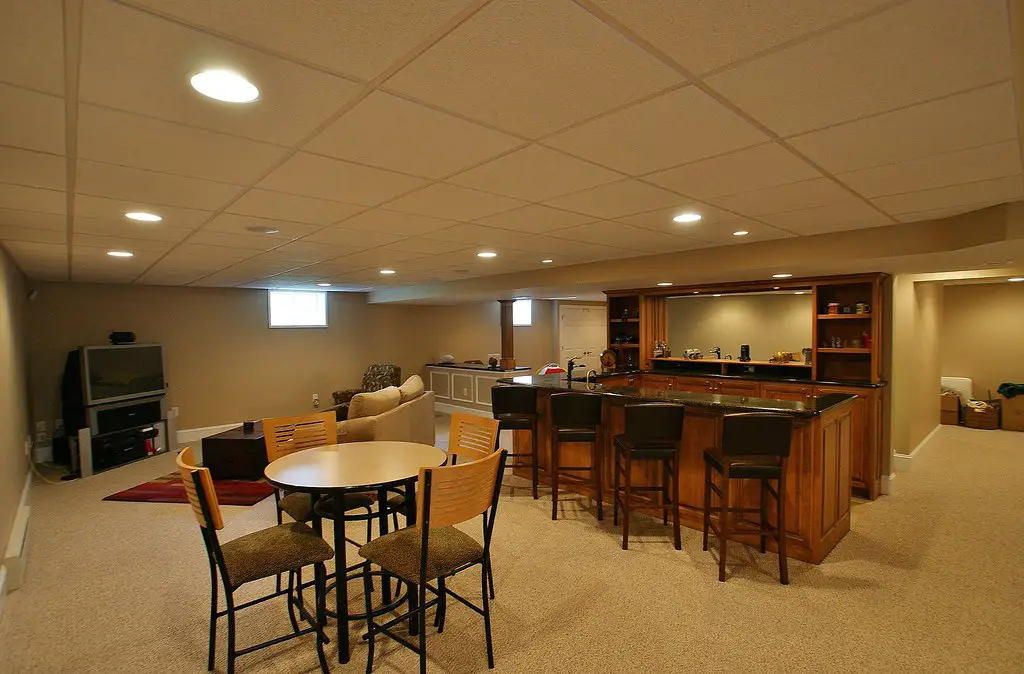
In the 1970s and ’80s, basement wet bars were the ultimate entertaining space. Stocked with liquor, glassware, and often sporting mirrors or neon lighting, they were a source of pride. Many homeowners dreamed of hosting cocktail parties or poker nights. But in reality, most of these bars went unused — especially once the novelty wore off.
Now they feel like strange little time capsules. Some people modernize them into coffee stations or snack bars, but many just collect dust. With more people entertaining in kitchens or outdoor spaces, basement bars have lost their charm. They’re a fun nod to retro style, but not exactly practical.
8. Dutch Doors

Dutch doors — split horizontally to open just the top half — once made sense for ventilation and keeping animals out. They were especially popular on farmhouses and cottages. The quirky design added a touch of charm and country flair. But unless you live in a specific climate or have a nostalgic streak, they don’t serve much purpose now.
Security concerns and air conditioning have made them less common. While they’re occasionally used for nurseries or mudrooms, most people stick to standard doors. Still, they make for a fun architectural detail if you’re going for a vintage vibe. But in terms of function, they’ve mostly gone the way of the horse-drawn carriage.
9. Built-In Sewing Cabinets

Once upon a time, sewing was a major household skill, and built-in sewing cabinets were a thoughtful convenience. These units often included fold-out tables and storage for patterns and thread. They were perfect for mending clothes or whipping up curtains. But today, far fewer people sew at home regularly.
Now those cabinets sit unused, turned into storage for everything but sewing supplies. In some homes, they’re removed entirely or hidden behind closet doors. It’s a reminder of how household tasks evolve with time. While charming, they’re rarely functional in modern households.
10. Milk Delivery Doors
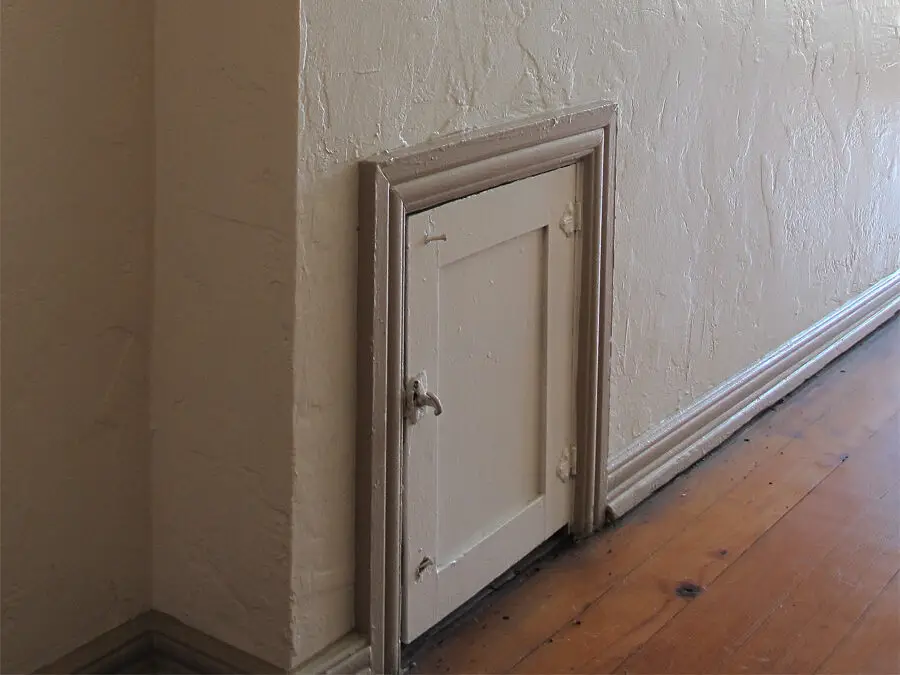
Many older homes were built with a small, insulated compartment between the exterior and interior walls — a milk door. This allowed the milkman to drop off bottles without disturbing anyone. The homeowner could then retrieve them from the inside, no need to go outside in a robe. It was clever, tidy, and totally unnecessary today.
Now, those little doors are either sealed shut or turned into conversation pieces. They’re remnants of a time before grocery stores dominated and refrigeration was limited. While they add character, they serve no real purpose anymore. Unless you’ve got a retro milk delivery subscription, it’s just a nostalgic quirk.
11. Dumbwaiters
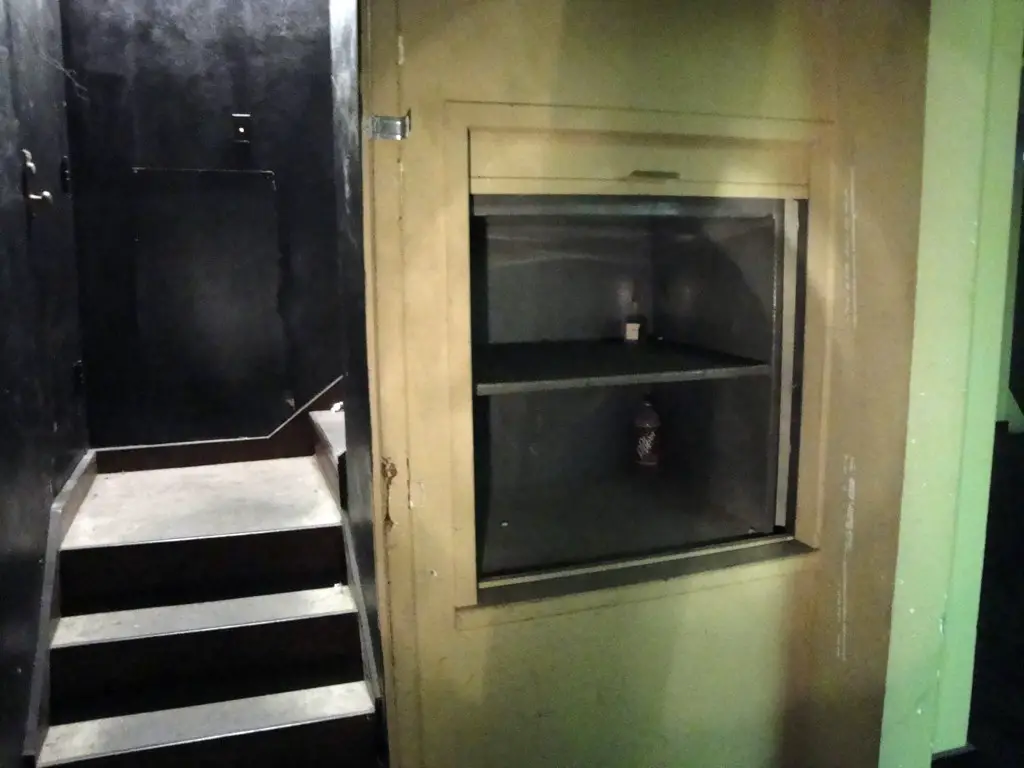
Small service elevators — or dumbwaiters — were once used to transport food and laundry between floors. These were common in large homes, especially older ones with kitchens and dining rooms on different levels. While undeniably charming, they also required maintenance and occupied wall space. And let’s face it — stairs aren’t that hard to manage.
Most dumbwaiters have long since been decommissioned. Some are restored for novelty, but most are simply closed off or repurposed. It’s the kind of feature that adds storytelling value, not function. In today’s homes, convenience looks a lot more like a mini fridge upstairs.
12. Bidets (Standalone, Not the Modern Attachments)
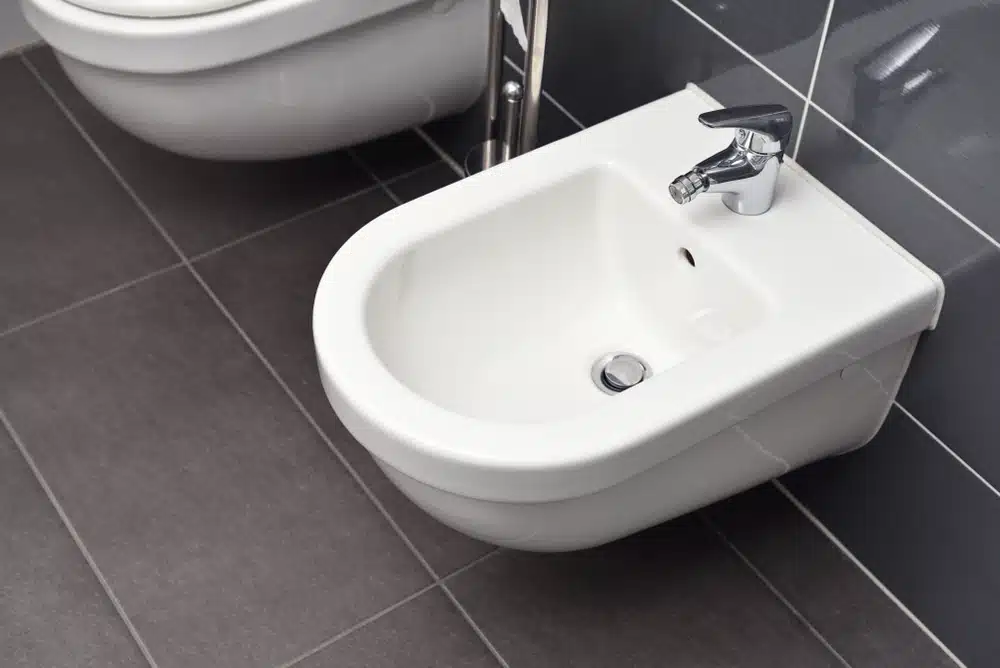
Decades ago, bidets were seen as a touch of European luxury in some upscale homes. These standalone porcelain fixtures were installed next to the toilet, taking up space and baffling American homeowners. While popular in other countries, they never fully caught on in the U.S. And most people didn’t know how to use them.
Now, bidet attachments and toilet-seat versions are all the rage — more compact and less intimidating. The originals, though, often get removed during bathroom remodels. They’re relics of a short-lived design trend. And most guests won’t ask what it is — but they’ll definitely wonder.
13. Home Firewood Storage Closets

Some older homes came with built-in storage for firewood, often near the fireplace. These were meant to keep logs dry and accessible during winter months. It made sense when wood-burning was the primary source of heat. But today, with central heat and gas fireplaces, that space often goes unused.
Homeowners now repurpose these cubbies for books, blankets, or décor. Others seal them up entirely during renovations. While cozy in theory, they rarely serve their original purpose anymore. In most modern homes, firewood is more about ambiance than necessity.
14. Ironing Boards That Fold Out of the Wall
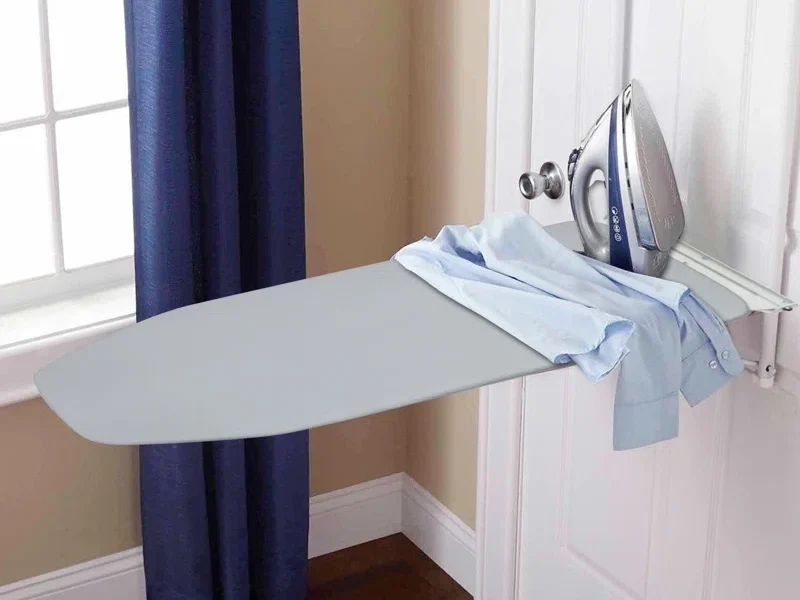
Folding wall-mounted ironing boards were once considered a space-saving luxury. Tucked into closets or cabinets, they could be pulled down for quick use. But as wrinkle-free fabrics took over and ironing fell out of favor, so did these built-ins. Now, they often sit forgotten or in disrepair.
Some homeowners convert them into mini desks or craft stations. Others just remove them during a remodel. While undeniably clever, they reflect a time when ironing was part of daily life. These days, steamers and dryers with wrinkle-release settings do most of the work.
15. Telephone Jacks in Every Room
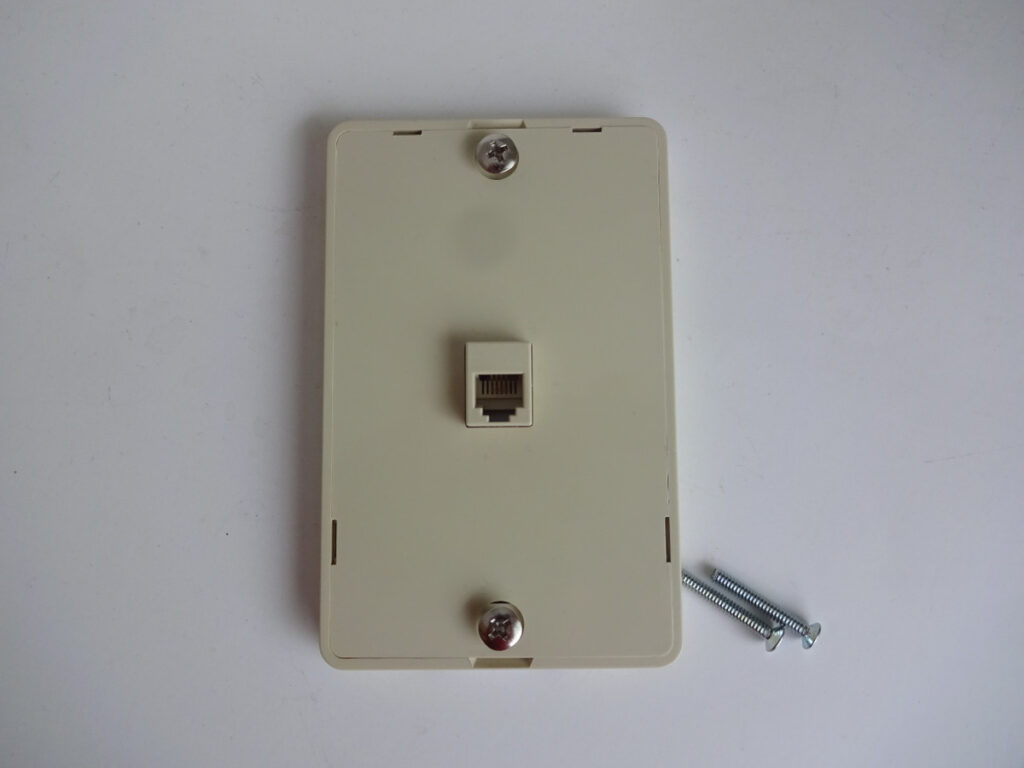
Before wireless technology, it was common to install multiple telephone jacks around the house. This allowed you to plug in a phone wherever it was convenient — from the kitchen to the bedroom. But now, even landlines are rare, and most homeowners rely entirely on cell service. Those jacks have become eyesores at best.
Many people remove them entirely during upgrades. Others just pretend they’re not there and hope guests don’t notice. Like many built-in tech features, they’re a reminder of how quickly communication evolved. Now, a single charging cable is all you really need.
